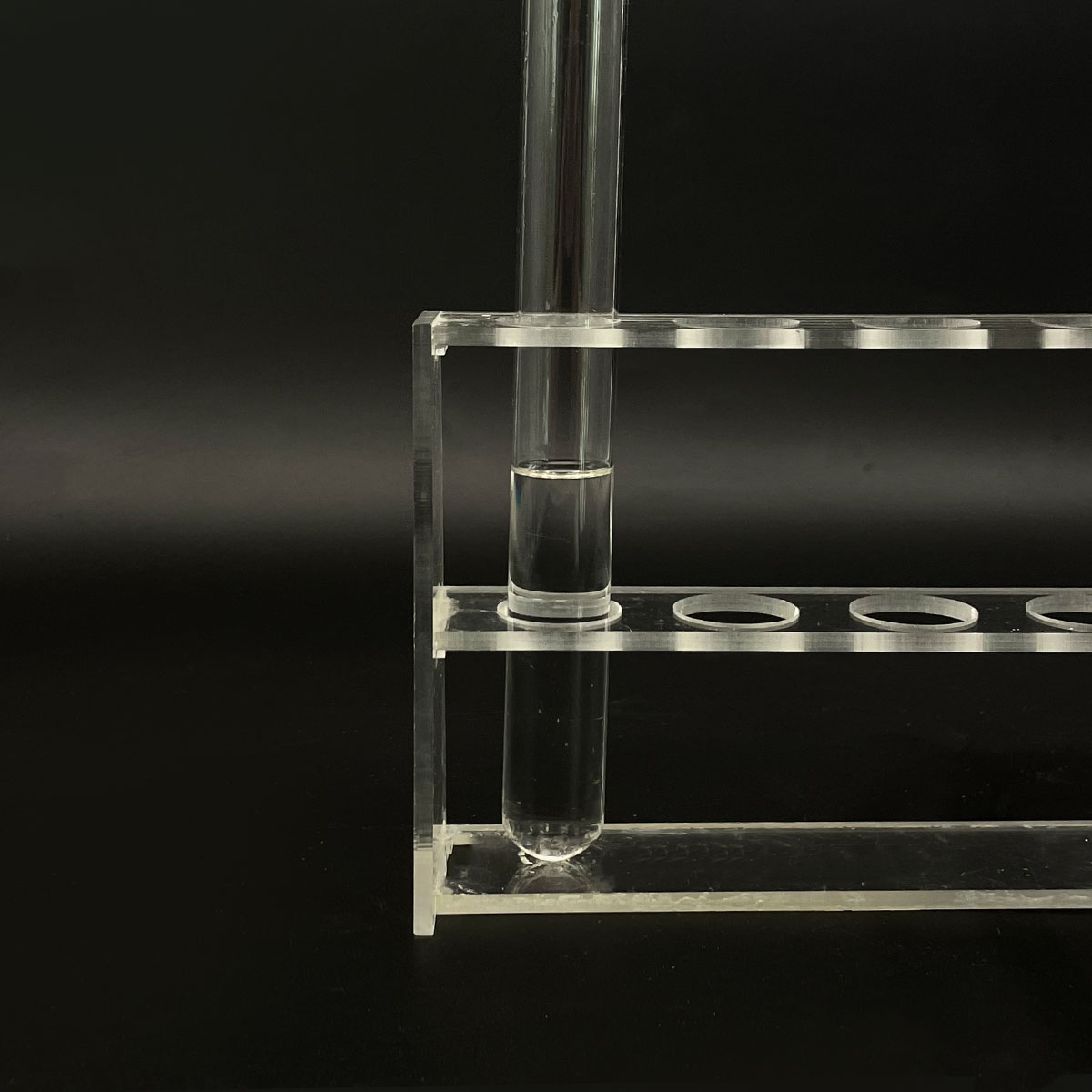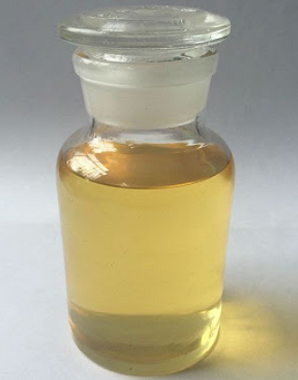Tiny Lungs, Big Help: The Lifesaving Art of Surfactant Therapy for Preemies
(How Is Surfactant Administered To Premature Babies)
Babies born too early face many challenges. One big problem involves breathing. Their lungs might not be ready. This piece explores a special treatment. It helps premature babies breathe easier. The treatment uses something called surfactant. Let’s dive into this medical marvel.
**1. What is Surfactant?**
Surfactant is a slippery substance. Our bodies make it naturally. It coats the inside of healthy lungs. Think of it like soap for balloons. Surfactant reduces surface tension. Without it, tiny air sacs collapse. Each breath becomes a struggle. Full-term babies produce enough surfactant. Premature infants often don’t. Their lungs are underdeveloped. This causes Respiratory Distress Syndrome (RDS). RDS makes breathing incredibly hard. Artificial surfactant replaces what preemies lack. Doctors use it as a rescue treatment. It’s a milky-white liquid. The liquid contains proteins and fats. These mimic natural surfactant.
**2. Why Do Premature Babies Need Surfactant?**
Premature lungs are fragile. They haven’t finished growing. Alveoli are the lungs’ air sacs. They need surfactant to stay open. Without it, alveoli stick together. The baby must work harder to breathe. This drains their energy. Oxygen levels drop. Organs suffer. RDS is a top cause of death in preemies. Surfactant therapy changes that. It acts like a lubricant. The air sacs inflate smoothly. Oxygen flows better. The baby breathes without exhausting itself. Timing matters. Early treatment prevents worse problems. It stops lungs from stiffening. It reduces ventilator needs. It cuts the risk of lung damage.
**3. How is Surfactant Administered to Premature Babies?**
Giving surfactant is a careful procedure. It happens in the NICU. The baby lies on a warmer. Monitors track heart rate and oxygen. A tiny breathing tube is essential. Doctors insert it through the mouth. The tube goes down into the windpipe. This is called intubation. Next comes the surfactant. It’s warmed to body temperature. The doctor attaches a syringe. They push the liquid through the tube. The dose is small. It’s based on the baby’s weight. Usually 3 to 5 milliliters. The baby might need multiple doses. The process takes minutes. Staff watch closely. They might turn the baby side to side. This helps spread the surfactant. The breathing tube stays temporarily. It connects to a ventilator. The ventilator gives breaths until the baby stabilizes. Sometimes a less invasive method works. Doctors use a thin catheter. They squirt surfactant into the windpipe. They avoid the breathing tube. This is called the LISA technique. It’s gentler for very small babies.
**4. Surfactant Applications: Beyond the Basics**
Surfactant therapy isn’t just for RDS. It helps other conditions too. Meconium aspiration is one example. Meconium is a baby’s first stool. Sometimes babies inhale it before birth. This blocks airways. Surfactant washes out the meconium. It reduces inflammation. Pneumonia in newborns is another use. Infections cause lung swelling. Surfactant improves oxygen exchange. Research explores new applications. Could it help adults? Possibly. Conditions like ARDS resemble RDS. ARDS affects adults with severe infections. Early trials show promise. Surfactant might aid COVID-19 patients. It’s not a cure. It supports struggling lungs. Another area involves prevention. Some hospitals give surfactant immediately after birth. They do it for extremely premature babies. This is called prophylactic treatment. It stops RDS before it starts.
**5. Surfactant FAQs: Clearing the Air**
Parents naturally have questions. Here are common ones.
Is surfactant safe? Yes. Serious side effects are rare. Some babies have temporary changes. Heart rate might dip. Oxygen levels could fluctuate. Staff handle these quickly.
How fast does it work? Often within hours. Breathing gets easier. Oxygen needs drop. Chest X-rays show clearer lungs.
Can surfactant be reused? No. The body absorbs it. Babies make their own surfactant later. Treatment just bridges the gap.
What if the baby needs more? Repeat doses are normal. Doctors give up to four doses. They space them hours apart.
Does it hurt? Babies might cough or gag. The tube insertion feels uncomfortable. They get pain relief. Medicine numbs the throat.
Are there alternatives? Oxygen and ventilators help. But surfactant tackles the root problem. Nothing replaces it directly.
(How Is Surfactant Administered To Premature Babies)
Surfactant therapy saves lives daily. It’s a blend of science and skill. NICU teams work like precision artists. They turn fragile breaths into strong cries. Each dose offers hope. Premature babies fight hard. Surfactant gives their lungs a fighting chance.
Inquiry us
if you want to want to know more, please feel free to contact us.




